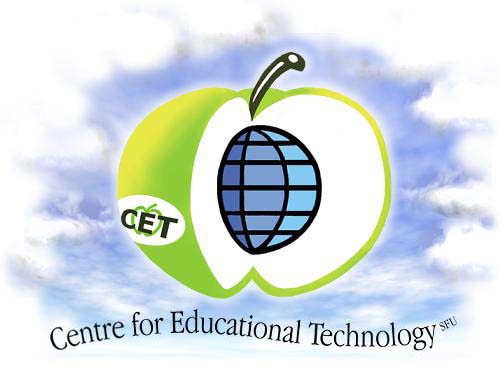|
Technology Integration
strategies Integration
strategies
|
Integration to foster creativity. Although creative work is not usually considered a primary goal of education, many educators and parents consider it highly desirable. Some argue that students can be educated without being creative, but few schools want to graduate students who cannot think or act creatively. Resources such as Logo, problem-solving courseware, and computer graphics tools require neither consumable supplies nor any particular artistic or literary skills. They allow students to revise creative works easily and as many times as desired. These qualities have provided uniquely fertile, nonthreatening environments for fostering development of students' creativity. Integration to facilitate self-analysis and metacognition If students are conscious of the procedures they use to go about solving problems, perhaps they can more easily improve on their strategies and become more effective problem solvers. Consequently, teachers often try to get students to analyze their procedures to increase their efficiency. Resources such as Logo, problem-solving courseware, and multimedia applications often are considered ideal environments for constructivist activities that get students to think about how they think. Integration to increase transfer of knowledge to problem solving. The CTGV team points out the unique abilities of certain technology resources to address the problem of inert knowledge. They observe that this problem often occurs when students learn skills in isolation from problem applications. When students later encounter problems that require the skills, they do not realize how the skills could be relevant. Problem-solving materials in highly visual videodisc-based formats allow students to build rich mental models of problems to be solved. Students need not depend on reading skills, which maybe deficient, to build these mental models. Thus, supporters hypothesize that teaching skills in these highly visual, problem-solving environments helps to ensure that knowledge will transfer to higher-order skills. These technology-based methods are especially desirable for teachers who work with students in areas such as mathematics and science where inert knowledge is frequently a problem. Integration to foster group cooperation. One skill area currently identified as an important focus for schools' efforts to restructure curriculum is the ability to work cooperatively in a group to solve problems and develop products. Although schools certainly can teach cooperative work without technology resources, a growing body of evidence documents students' appreciation of cooperative work as both more motivating and easier to accomplish when it uses technology. For example, descriptions of students who develop their own multimedia products and presentations are more common in current literature on teaching cooperative skills to at-risk students. Integration to allow for multiple and distributed intelligence. Integration strategies with group cooperative activities also give teachers a way to allow students of widely varying abilities to make valuable contributions on their own terms. Since each student is seen as an important member of the group in these activities, the activities themselves are viewed as problems for group-rather than individual-solution. This strategy has implications for enhancing students' self-esteem and for increasing their willingness to spend more time on learning tasks. It also helps students see that they can help each other accomplish tasks and can learn from each other as well as from the teacher or from media. Assessment Strategies for Constructivist Models Constructivists tend to eschew traditional assessment strategies as being too limiting to measure real progress in complex learning and too removed from real-life tasks to be authentic. However, teachers recognize that even the most innovative activities require a reliable and valid means of measuring student progress. Assessment and grading strategies commonly used in constructivist environments are given here. . Measures of achievement in constructivist environments. The most common assessment strategies (e.g. Web pages, multimedia products, desk-top published publications), self-report instruments (e.g. student-prepared journals or other descriptions), and electronic portfolios often are used as products in themselves or to act as organizing devices for products over time. . Grading strategies for constructivist products. Rubrics and performance checklists are frequently used to grade these products. |
 Integration
Strategies Based on Constructivist Models
Integration
Strategies Based on Constructivist Models